The Zero Emission Truck Market is currently characterized by a dynamic competitive landscape, driven by increasing regulatory pressures and a growing emphasis on sustainability. Major players such as Tesla (US), Volvo (SE), and Daimler (DE) are at the forefront, each adopting distinct strategies to enhance their market positioning. Tesla (US) continues to innovate with its electric powertrains, focusing on expanding its production capabilities and enhancing battery technology. Meanwhile, Volvo (SE) emphasizes partnerships with logistics companies to develop tailored solutions that meet specific regional needs, thereby enhancing its operational focus on customer-centricity. Daimler (DE) is pursuing a dual strategy of electrification and hydrogen fuel cell technology, indicating a commitment to diversifying its zero-emission offerings. Collectively, these strategies contribute to a competitive environment that is increasingly focused on technological advancement and sustainability.
In terms of business tactics, companies are localizing manufacturing to reduce costs and improve supply chain efficiency. This approach is particularly evident in the Zero Emission Truck Market, which appears to be moderately fragmented, with several key players vying for market share. The collective influence of these companies is shaping a landscape where innovation and operational efficiency are paramount, as they seek to capitalize on the growing demand for sustainable transportation solutions.
In August 2025, Tesla (US) announced the opening of a new Gigafactory in Texas, aimed at ramping up production of its electric trucks. This strategic move is likely to enhance Tesla's capacity to meet the surging demand for zero-emission vehicles, positioning the company to capture a larger share of the market. The establishment of this facility not only signifies Tesla's commitment to scaling its operations but also reflects a broader trend of localized manufacturing in the industry.
In September 2025, Volvo (SE) unveiled a new partnership with a major logistics provider to develop a fleet of electric trucks tailored for urban delivery. This collaboration underscores Volvo's strategy of leveraging partnerships to enhance its market presence and address specific customer needs. By focusing on urban logistics, Volvo is likely to tap into a growing segment of the market that prioritizes sustainability and efficiency in last-mile delivery.
In October 2025, Daimler (DE) announced a significant investment in hydrogen fuel cell technology, aiming to develop a new line of zero-emission trucks powered by hydrogen. This initiative indicates Daimler's recognition of the potential for hydrogen as a viable alternative to battery electric vehicles, particularly for long-haul applications. The investment not only diversifies Daimler's product offerings but also positions the company as a leader in the emerging hydrogen market.
As of October 2025, the Zero Emission Truck Market is witnessing trends that emphasize digitalization, sustainability, and the integration of artificial intelligence. Strategic alliances are increasingly shaping the competitive landscape, as companies collaborate to enhance their technological capabilities and market reach. Looking ahead, competitive differentiation is likely to evolve from traditional price-based competition to a focus on innovation, advanced technology, and supply chain reliability, reflecting the industry's shift towards a more sustainable future.


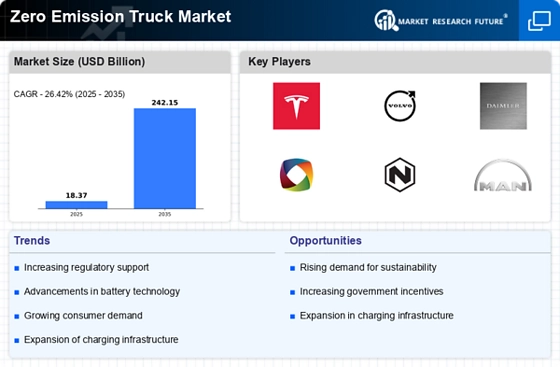
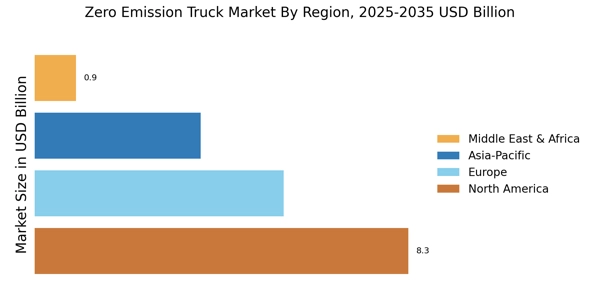


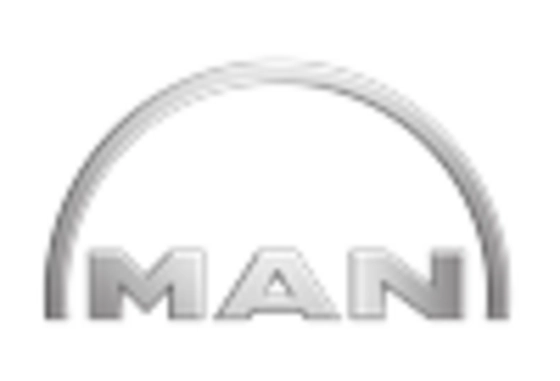
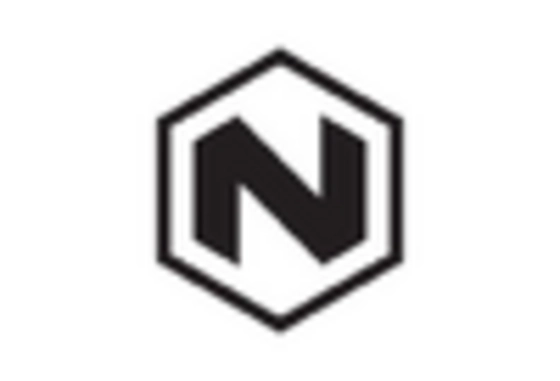

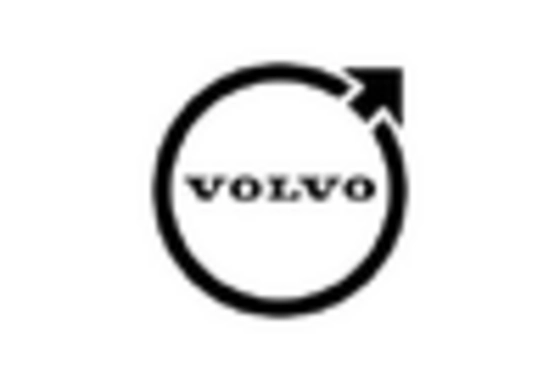








Leave a Comment